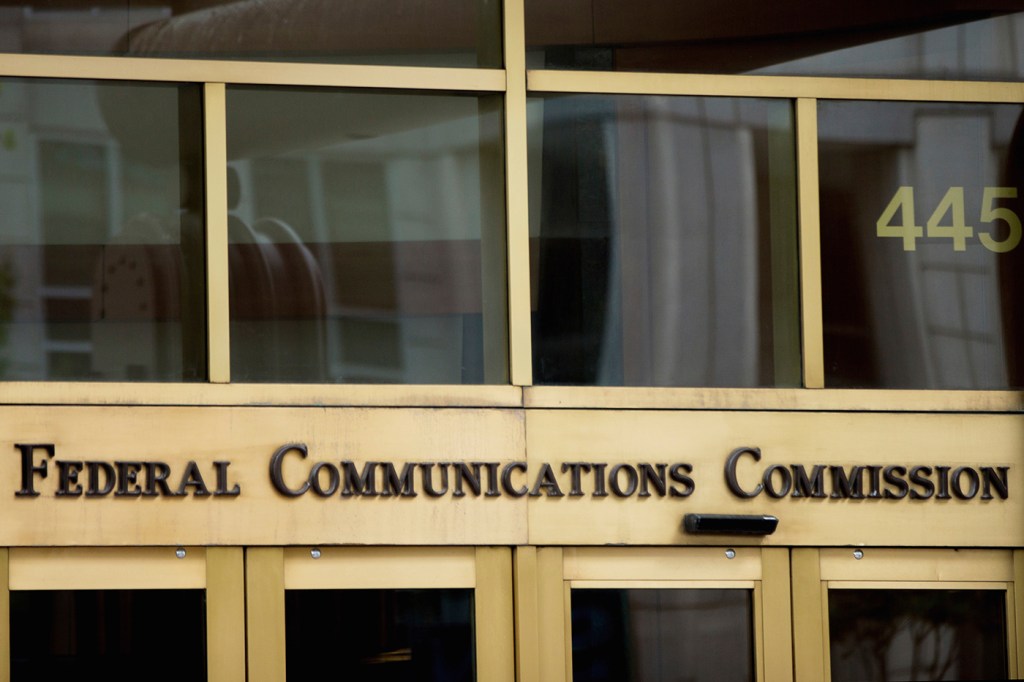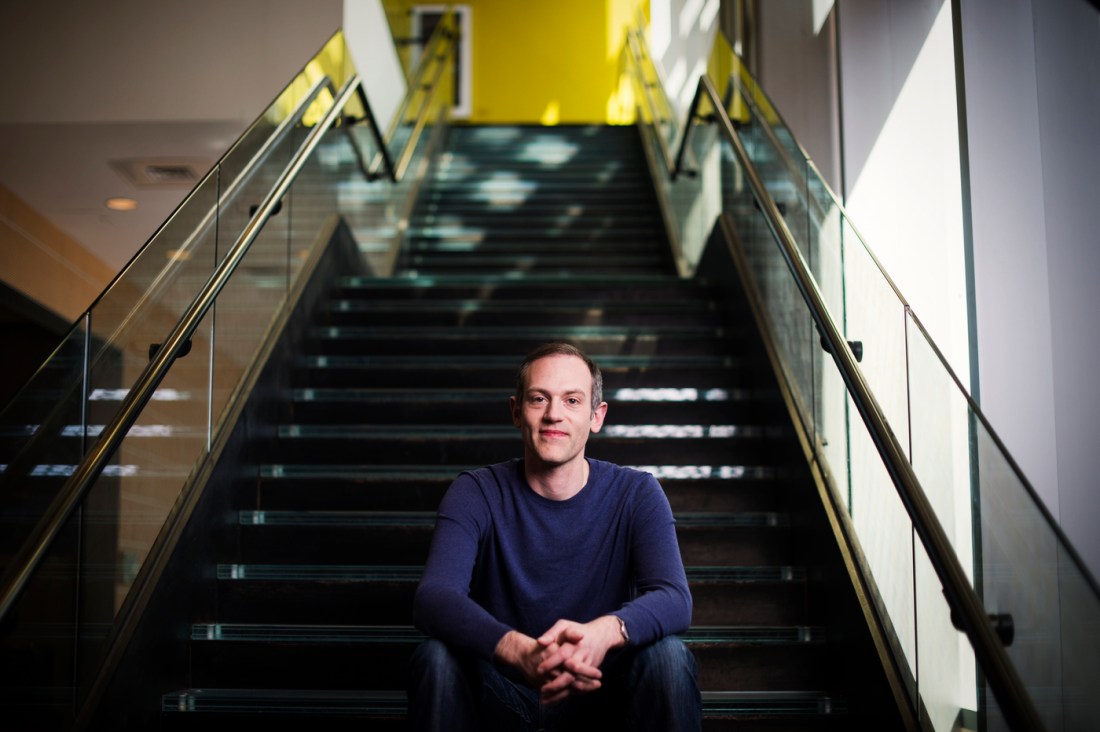What is net neutrality? And why it’s vital to the future of the internet, Northeastern computer scientist explains

It was on, then off, and now “net neutrality” is back on again.
In a 3-2 vote, the Federal Communications Commission last month adopted the internet accessibility policy that requires broadband providers to treat all traffic equally.
Northeastern University computer scientist David Choffnes praised the vote, saying the policy is important for ensuring the internet’s independence and potential.
“It allows the internet to continue to be this playground of ideas where people can come up with new applications that can really change the world,” says Choffnes, an associate professor at Northeastern’s Khoury College of Computer Sciences and executive director and founding member of the university’s Cybersecurity and Privacy Institute.

“If we didn’t have this … it probably would have been too expensive for things like YouTube to take off or Facebook or TikTok or even things like Microsoft Teams,” Choffnes continues. “It would have made the internet much less accessible to people.”
Net neutrality is the principle that internet service providers should enable access to all content and applications regardless of the source and without favoring or blocking particular products or websites.
Choffnes says the principle was — and remains — crucial to the development of the internet “that we know and love and pretty much can’t live without.”
But net neutrality hasn’t always had a smooth road.
The concept collided with the large — and often copyrighted — file-sharing capabilities of the early 2000s. In 2007, Comcast was sued for limiting traffic on the BitTorrent peer-to-peer file sharing network by reducing its allocated bandwidth. The FCC ruled against the telecom company in 2008, and began to enforce open-access principles.
Court battles ensued all the way up to 2016 when the D.C. Circuit Court affirmed net neutrality rules again. Then the rules were repealed by the FCC during the Trump administration as part of a deregulatory agenda.
“The telecoms, the internet providers, don’t like this,” Choffnes says, noting that telecom trade groups have been voicing concerns. “They don’t like being regulated at all, and so they generally vehemently oppose this kind of action.”
But now neutrality is coming back.
Choffnes says net neutrality is important in the age of 5G and streaming high-resolution movies, telemedicine, remote learning, or even watching TikTok videos.
Choffnes’ research finds that every major U.S. cellular provider is giving less bandwidth or artificially limiting the bandwidth that video-streaming applications can get, thereby violating net neutrality principles.
Interestingly, the “throttling” of bandwidth generally wasn’t happening on fixed line networks like cable or FiOS, and the limitations were only for video streaming applications that the cellular providers can detect, Choffnes’ research shows. The research was cited over a dozen times in the proposed new rules that the FCC released in April.
This throttling impacts social equity, Choffnes says, as people who can’t afford fixed line networks get poorer video streaming service than their wealthier peers. With remote learning, telemedicine and video conferencing becoming increasingly common and popular, slower video streaming can also impact education and health.
Featured Posts
With the telecoms acting as “gatekeepers,” as Choffnes calls it, they could also charge independent applications for preferential access to bandwidth, or charge users for access to video or develop their own applications and charge users for access, Choffnes says.
“As the internet evolves and as applications evolve, the threats still remain very potent that when networks can pick winners and losers, there’s going to be, unfortunately, people who suffer from those decisions,” Choffnes says. “The easiest way to avoid that is to just not pick, not to do the gatekeeping.”
“We’ve seen that before — when companies have been our gatekeepers, that gatekeeping authority can be abused,” Choffnes continues.
But a few last potential complications exist.
The rules — which don’t go into effect until 60 days after the final order, released on Tuesday, goes into the Federal Register, Choffnes says — could still be held up by court battles. And if Donald Trump returns to the White House, Choffnes says net neutrality “is essentially dead in the water.”
Choffnes says this speaks to a need for legislation codifying net neutrality — something that surveys reveal around 80% of Americans support.
“It’s a bipartisan thing that gets bipartisan support from constituents,” Choffnes says. “It’s shocking to me that we still don’t have this law.”











